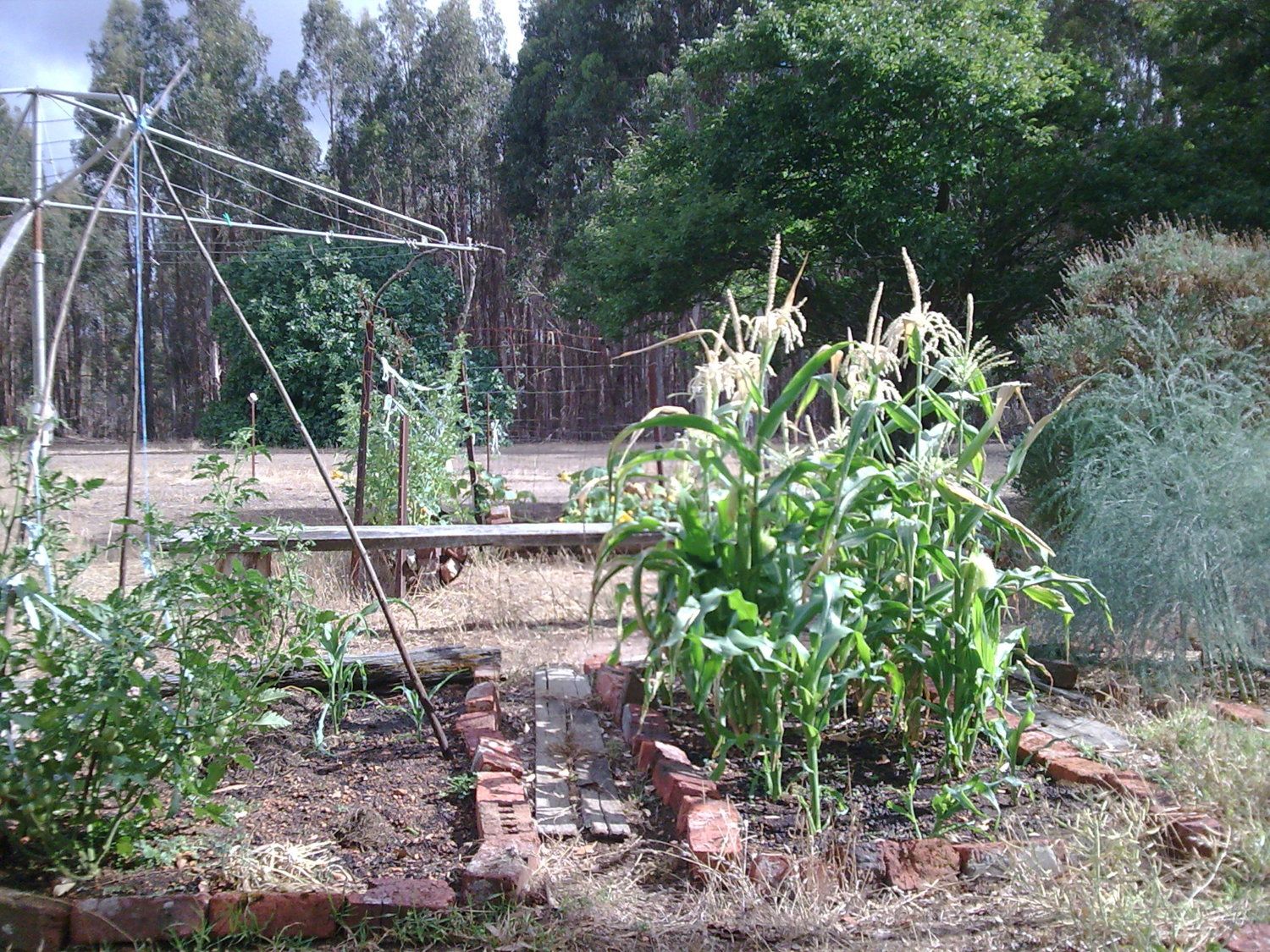- Thread starter
- #311
How rude of me not to sent you some sunshine before now:
agapanthus:

These are old tin sheep-watering troughs. You can leave the lattice in place; empty the dirt from the trough after a crop; and re-fill it. Great for tomatoes and peas.

Tomatoes and corn and, on the right, asparagus.

First tomatoes of the season today.

Now, apart from the potatoes, tomato, and the chilli, does anyone know what this is? (and – typical of the era of its production – it’s made of a magnificent hardwood called ‘jarrah.’) There’s a bonus point if you can find any of the slang words for it.

S.E.
agapanthus:
These are old tin sheep-watering troughs. You can leave the lattice in place; empty the dirt from the trough after a crop; and re-fill it. Great for tomatoes and peas.
Tomatoes and corn and, on the right, asparagus.
First tomatoes of the season today.
Now, apart from the potatoes, tomato, and the chilli, does anyone know what this is? (and – typical of the era of its production – it’s made of a magnificent hardwood called ‘jarrah.’) There’s a bonus point if you can find any of the slang words for it.
S.E.


